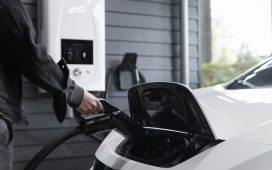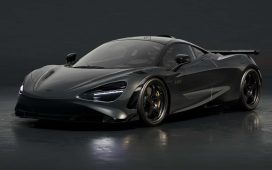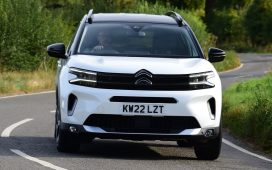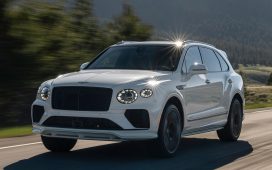Nepal’s abundant hydroelectric power is helping the Himalayan nation cut its oil imports and clean up its air, thanks to a boom in sales of electric vehicles
There’s a boom in electric vehicle sales in the picturesque Himalayan nation of Nepal with hydroelectric power playing a prominent role in slashing its oil imports and cleaning up its air.
The sale of electric vehicle imports has increased sharply, doubling each year for the last two. Green energy, primarily harnessed from river-fed hydro-electricity, forms the backbone of Nepal’s electricity production. With such an abundant source of clean energy at their disposal, it has facilitated a rapid expansion of EV charging networks across the country.
The Nepal Electricity Authority estimates that the use of these new electric vehicles has reduced oil import costs by $22million annually – and the savings are increasing. Electricity availability in Nepal has seen a meteoric rise over the past 30 years, primarily due to the completion of numerous hydroelectric projects.
This transformation now means that only 6% of the populace lack access to the fast-growing grid – signifying a marked advantage over their neighbours in adopting EVs. The peak capacity of Nepal currently stands at 2,600 megawatts, a figure poised to continue rising with the completion of more hydropower plants.
Solar plants also contribute a modest amount to the overall power generation. Emphasising Nepal’s potential in utilising clean energy optimally, Kanak Mani Dixit, a highly regarded environmental and civil rights activist, said: “Our electricity in the grid is from hydropower so it is clean energy. And so Nepal is ideally placed to use electricity to run our vehicles in the best way it should be, which is that the energy source itself is clean. It is not coal, gas or nuclear or petroleum,”.
While there’s no official tally on sales just yet, it looks like the Chinese-made BYD Atto 3 and Tata Nexon from India are leading the charge in the electric passenger sedan market. Nepal is serious about its green credentials, aiming to increase EVs to a quarter of all auto sales by 2025, and 90% by 2030, as part of its climate commitments.
In a bid to accelerate EV uptake, Nepal’s government has slashed import duties on these eco-friendly rides to between 25% and 90%, while traditional petrol and diesel vehicles attract hefty duties ranging from 276% to 329%. The country is also rapidly expanding its network of charging points.
Sagar Mani Gnawali, who oversees Electric Vehicle Charging infrastructure Development, revealed that Nepal boasts 400 charging stations, with plans to double this figure within the next year. Cardiac surgeon Jyotindra Sharma, an EV driver for four years, takes pride in his 2019 KIA Niro, knowing he’s cutting down on the smog that chokes Kathmandu valley.
“I am extremely happy using an electric vehicle because I could contribute to the environment compared to the petrol cars,” he expressed. “The electricity cost for charging and everything is much less and I got a much, much more luxurious car for the same price compared with gas-fueled cars,” Sharma added.
EVs aren’t just for private use; they’re also popular among drivers of small public vans who rely on them to transport passengers around the city and further afield.
“It is very easy to drive, there is no pollution, and it’s good for the environment. Not only that, it’s good for the country as the nation’s money does not go to foreign land to buy oil. There are benefits all round,” Bhakta Kumar Gupta, who drives daily from Kathmandu to southern Nepal and back, shared his experience after switching from a diesel-run van to an electric vehicle (EV) of the same size that can carry 10 passengers.
Gupta used to spend $40 on diesel every day, but now he boasts that charging his EV costs him just about $6. Despite the fact that hundreds of small EV vans are operating on short routes in Kathmandu, the city has a notable lack of EV buses, particularly those connecting the capital with other cities.
The pollution from buses and other vehicles, along with the burning of fuels for cooking and heating, contributed to making Kathmandu one of the world’s most polluted cities for several days in April, prompting government warnings for people to stay indoors. The push towards more EVs is critical, according to environmental activist Dixit.
“We desperately need that for the sake of our health and for the sake of our economy’s health, individuals’ health and our lungs as well as our national health,” Dixit emphasized.










